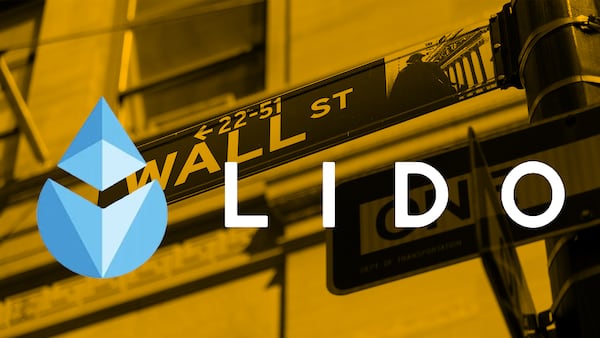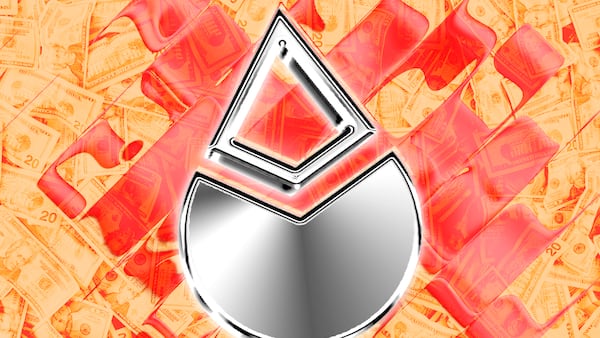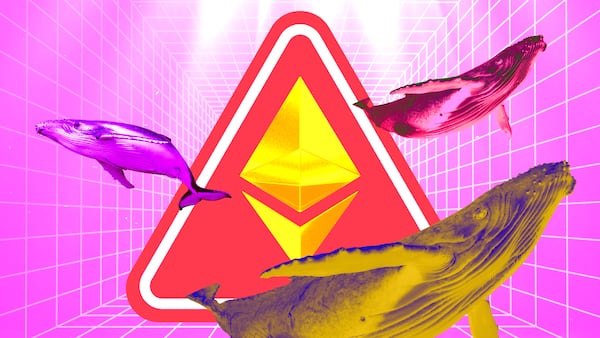- Lido DAO member proposes a token buyback programme.
- It's much smaller than those of other DeFi protocols.
- The programme attempts to solve some of the pitfalls associated with token buybacks.
Lido DAO, the collective behind the largest liquid staking protocol, could soon start using a portion of the protocol’s profits to buy back its token on the open market.
On Tuesday, Steakhouse Financial, a firm that integrated with Lido DAO to form the Lido Finance Operations Team, put forward a proposal to use some of the protocol’s revenue to buy back the LDO governance token.
The proposal comes less than a day after leaders at Uniswap, the biggest decentralised exchange, unveiled their own buyback programme proposal.
But unlike Uniswap’s programme, which analysts estimate could allocate around $450 million to buying the protocol’s UNI token each year, Lido’s programme is capped at $10 million.
The actual amount spent could be even less. Steakhouse estimates that based on current parameters, the programme would spend only around $4 million annually.
In recent months, more and more DeFi protocols are experimenting with buying back their own tokens in a bid to shore up investor confidence.
A recent report from crypto market maker Keyrock found that the top 12 revenue-distributing DeFi protocols spent almost $800 million on token buybacks and other revenue-sharing activities in July, a more than 400% increase since the start of 2024.
“Much like public companies that use buybacks to signal long-term commitment and instill investor trust, crypto teams leverage them to enhance token value and communicate conviction in the project’s future,” Amir Hajian, the Keyrock researcher who wrote the report, said.
No liquidity?
According to Steakhouse’s proposal, the reason Lido DAO can’t buy more of its own token is because there isn’t enough liquidity.
“The risk is that as the USD value increases, all else being equal, the pressure on the liquidity of the pool increases as well and potentially meets a limiting factor with available onchain liquidity,” Steakhouse said in the proposal.
To solve this issue, the proposed buyback programme will use bought-back LDO and the DAO’s staked Ether tokens to provide liquidity.
Doing so will make it easier for the DAO to buy LDO without incurring slippage or moving the market too much.
The proposal also limits buybacks to certain conditions.
Transactions will only trigger if Ether trades above $3,000, and Lido DAO is on track to bring in over $40 million in revenue annually. Once those conditions are met, the protocol will use 50% of treasury inflows from staking over the initial $40 million to buy LDO tokens.
Additionally, buybacks won’t happen if they will move the price of LDO more than 2% per transaction, and will be capped at a maximum of $10 million over a rolling 12-month period.
Value for money
The reason token buybacks will only trigger when the price of Ether is high is so the DAO can get more bang for its buck.
Lido DAO’s revenue comes from the 10% cut it takes from users who stake their Ether tokens through the protocol. Because of this, its treasury is mostly made up of staked Ether tokens.
“This model is anti-cyclical, in that the better ETH price does or the more USD revenues the DAO is able to generate through fees, the greater the absolute value is distributed,” Steakhouse said.
“Conversely, in bear markets, the buybacks would naturally trend down until stopped to avoid over-distribution.”
Analysts have previously criticised token buybacks programmes for overspending when prices are high and underspending in market downturns, when they matter most. The buyback conditions in Steakhouse’s proposal aim to address this issue.
Steakhouse has asked Lido DAO members to share feedback on the proposal prior to a formal vote.
Tim Craig is DL News’ Edinburgh-based DeFi Correspondent. Reach out with tips at tim@dlnews.com.









